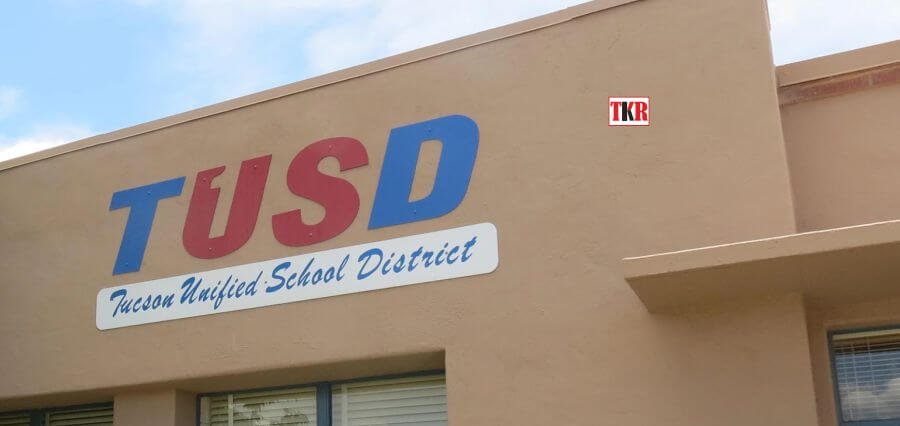Every learning institution knows the importance of having education software. Besides the software making it easy for learners, it also makes the work easy for the teachers as they have an easy time monitoring the progress of every student.
This makes the work ultra-easy for the instructors to understand the capabilities of every student and help them personalize their learning.
While the software programs are great, they often come at a cost. If you are thinking about developing a software program for an education institution, the costs vary based on several factors, which include:
User experience
In recent years, software development businesses have increasingly prioritized user experience and user interface (UI). And there is nothing wrong with this, as it impacts how people interact with the program.
Users tend to gravitate towards applications with a user-friendly interface, simple navigation, and advanced capabilities.
Naturally, when doing the development, you will go for a program offering this. While this is good, you should note that the cost will rise as you focus on improving the User Experience.
Technology stacks
Technology stacks used to create the programs are not equal. Some software can be created with a single API while others demand front-end development in one programming language and back-end development in another, both of which must function smoothly together.
The more complex the project is, the more you should expect to pay for it.
Supported platforms
Consider how many platforms you want your product to work on. Do you want a mobile app that works on both iOS and Android? Perhaps you need a cross-platform solution.
Desktop tools, like web-based services, have their quirks. All of this will be reflected in the pricing.
Remember that the more platforms that your program can support, the more you should expect to pay for it.
Size of the development team
The number of personnel involved heavily determines the cost of developing educational software.
Its customary for an education software development company to employ developers, team leaders, quality assurance engineers, and UX/UI designers. All of these people need to be paid.
As much as all are vital for the success of the program, you should note that you don’t have to hire plenty of them. You should always work with the minimum number of people you need.
Instead of hiring all of them from one region, consider outsourcing the talent. This way you get the best talent from different parts of the world, lower the expenses and avoid organization problems.
Data safety and privacy
Educational software handles sensitive user data, such as student records or assessment results. As you can tell, this data needs to be kept safe and private.
Development costs tend to increase if effective data security measures are adopted and applicable privacy laws are followed.
To be safe, you should use systems for secure data storage, encryption, authentication, and access control.
You can use plenty of systems to your advantage, so take time to find them and use them at a lower cost.
Maintenance
You will need to maintain your software to ensure that it’s up to date. During the maintenance, you resolve major bugs, scale servers, and perform various other tasks.
Studies show that maintenance for educational software amounts to 15% to 20% of the cost of initial development. This means that the more frequently you maintain the software, the more money you will spend on it.
While you can’t avoid maintaining the system, you can reduce the need for it by getting it right the first time. This means that you should have enough servers during the time you are building the program. This way, you don’t have to think about scaling the system later.
Best ways to pay for software projects
The two most popular payment options are fixed price and time and material. The best method of payment is largely determined by the scale of the project and the clarity with which your demands and criteria are specified.
The fixed price option is best suited for projects with well-defined needs that are not subject to change. In short, you pay the entire development cost upfront.
This can benefit many clients, but it has additional dangers. It’s easy to lose control, and communication with the team is limited.
Also, it is easy to experience delays when working on a huge project. This type of payment is better suited for smaller, simpler jobs.
Before you make the payment, have defined timelines, such as when the project will start and when you expect it to be completed. Don’t have open time flames, as chances are that you are going to experience delays that might throw you off.
The time and material payment option is the most adaptable approach. Payments are made in installments rather than in one large sum upfront.
Depending on the agreement, you can pay every two weeks, every month, or whatever time period you like. This strategy provides greater control over the team and the development process as a whole.
You can view the project whenever a payment is made. This way, you can review the reports, request additional features, and offer suggestions.
As you can tell, you don’t have to worry about delays as the development company wants to complete the project quickly to get paid.
You are also always in the know of what is going on, as you get to look at the progress of the project before you make the next payment.
Parting shot
These are some of the things that will affect the cost of your education software. Besides hiring the right development company, another excellent way to reduce the cost of development is to have a plan for the project.
You should have a system that makes it easy to identify software bugs in the system as soon as they arise.
Remember that problems and bugs are easy to fix in the early stages, so having a system to identify them and fix them as early as possible will save you a lot of money down the line.









